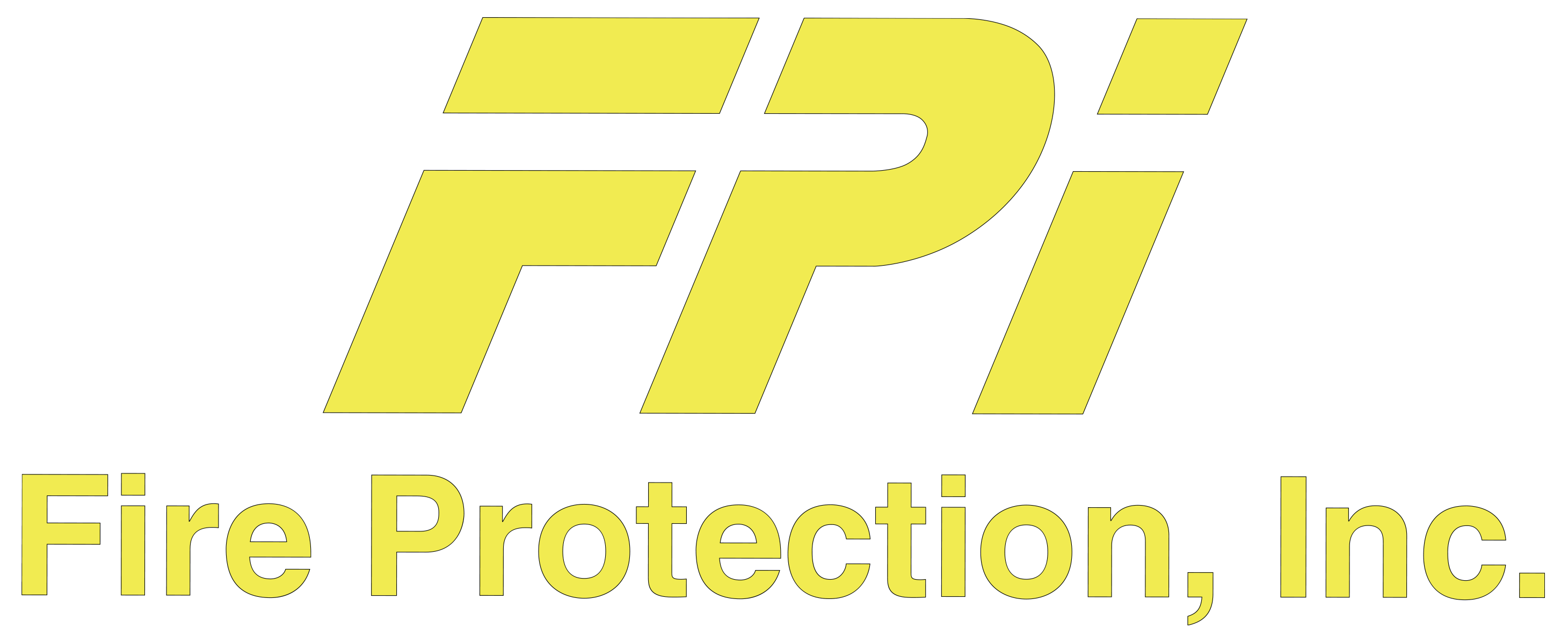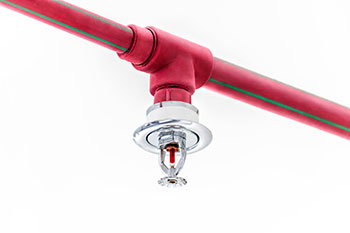Despite being so far north, Seattle experiences relatively mild winters. Temperatures rarely drop below 46°F. When it comes to winter troubles, 40°F is the unlucky number, as are all temperatures below this. Subsequently, many business owners may follow just basic steps to winterize their sprinkler system.
However, chaos may ensue in situations where temperatures unexpectedly drop below 40°F. Here are some of the steps proactive business owners follow to protect their fire sprinklers from the winter cold.
Identify the System
There are some winterizing tasks that cover all types of systems. However, there are others that are system-specific. As a result, you will need to find out if you have a dry, wet, or antifreeze system. You may also need to identify special components of your system, such as storage tank heaters. If you don’t know how to identify the system type or do not know how to locate all necessary components, consider working with professionals to ensure you cover all your bases.
Check the System
Winterizing your system mostly involves a series of checks. You then make adjustments if you notice any problems. Again, this depends on the type of system you have. However, here are some things you should do regardless of the type:
- Identify any potential leaks.
- Inspect the pipe insulation to ensure it does not look worn or feel damp.
- Ensure that the ball drips on the fire department connection work properly.
- Verify that the FDC connection is not flooded.
- Determine whether or not you need additional insulation in attic spaces if you have one.
- Inspect water storage tank heaters if your system includes any.
Waiting until the last minute to winterize your system can cost you time and money. Water damage and pipe replacements can be costly and may force you to suspend business operations during that time. Get a head start on your fall inspection and schedule winter checks today. Contact Fire Protection, Inc. by calling 425-954-7958 or sending us an email today!
How To Winterize Your Fire Sprinkler System
Despite being so far north, Seattle experiences relatively mild winters. Temperatures rarely drop below 46°F. When it comes to winter troubles, 40°F is the unlucky number, as are all temperatures below this. Subsequently, many business owners may follow just basic steps to winterize their sprinkler system.
However, chaos may ensue in situations where temperatures unexpectedly drop below 40°F. Here are some of the steps proactive business owners follow to protect their fire sprinklers from the winter cold.
Identify the System
There are some winterizing tasks that cover all types of systems. However, there are others that are system-specific. As a result, you will need to find out if you have a dry, wet, or antifreeze system. You may also need to identify special components of your system, such as storage tank heaters. If you don’t know how to identify the system type or do not know how to locate all necessary components, consider working with professionals to ensure you cover all your bases.
Check the System
Winterizing your system mostly involves a series of checks. You then make adjustments if you notice any problems. Again, this depends on the type of system you have. However, here are some things you should do regardless of the type:
- Identify any potential leaks.
- Inspect the pipe insulation to ensure it does not look worn or feel damp.
- Ensure that the ball drips on the fire department connection work properly.
- Verify that the FDC connection is not flooded.
- Determine whether or not you need additional insulation in attic spaces if you have one.
- Inspect water storage tank heaters if your system includes any.
Waiting until the last minute to winterize your system can cost you time and money. Water damage and pipe replacements can be costly and may force you to suspend business operations during that time. Get a head start on your fall inspection and schedule winter checks today. Contact Fire Protection, Inc. by calling 425-954-7958 or sending us an email today!

